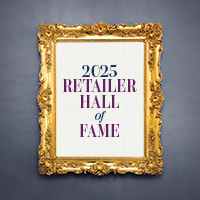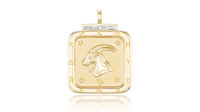5 Takeaways from PGI’s Latest Survey
The new consumer survey looks at the importance of younger shoppers, why physical retail reigns supreme, and more.

Diamond jewelry demand has been especially robust, as per De Beers, Alrosa, and jewelers across the country.
The boom is expected to last through the holidays and beyond for all jewelry categories.
In a recent consumer survey, Platinum Guild International set out to understand more about what is behind the spike in demand.
PGI reached out to 2,000 consumers, ages 18 to 65, in four key markets, the United States, China, India and Japan, who have bought, and expect to buy, fine jewelry. The survey examines the rise in demand, as well as who and what is behind it.
Here are five important takeaways.
Millennials and Gen Z consumers will drive future purchases.
Younger consumers, including those who are millennials and Gen Zers, are expected to be the driving force in the fine jewelry category.
This is due in part to the fact that they are the main consumers of bridal jewelry, as per the survey.
However, more consumers in this category, ages 18-45, said they have plans to buy non-bridal jewelry in the next quarter and within the next year, either for themselves or to give as a gift.
“Millennials and Gen-Z consumers, who are leading the future market growth, have given more attention to platinum to express their value and celebrate special moments and cherished relationships,” said Zhenzhen Liu, PGI’s director of global corporate marketing, in a press release about the survey.
“This creates an exciting opportunity for the jewelry industry to seize.”
Physical retail remains king.
Online shopping is strong, but physical retail isn’t going anywhere just yet.
Physical retail is the top channel for shopping across all markets surveyed.
In the U.S., China, and India, shoppers head to e-commerce sites and social media to browse and gather information about products, but physical stores tend to be where the transactions happen.
In the U.S., 90 percent of those surveyed feel comfortable shopping in stores.
As for gathering information about a purchase, TV is the top channel, followed by word-of-mouth and Amazon.
White gold and natural diamonds are still U.S. favorites.
The survey also took a look at which gems and metals respondents preferred.
Natural diamonds and gemstones were the top pick across all markets when compared with lab-grown stones or jewelry without stones.
Preference for platinum jewelry was highest in Japan, though demand has risen in China. Demand remains stable in other markets.
Rose gold is particularly popular in China, Japan, and India.
In the U.S., preference on jewelry metals didn’t change much.
White gold remains the favorite, especially among women, though there was still interest in yellow and rose gold as well as platinum.
“We continue to see growth of the demand for platinum jewelry, quarter after quarter, in 2021”, said Jenny Luker, president of PGI USA.
“This sustained upward activity as we move into the all-important holiday season should ensure retailers that the demand for platinum jewelry is evident and they should prepare their inventory accordingly to meet consumer demand.”
Demand for non-bridal jewelry is strong.
In the U.S. China, and India, the demand for non-bridal jewelry remains strong, with about 70 percent of those surveyed expecting to buy non-bridal jewelry this coming year.
Demand in the category is stable in the U.S. and Japan while demand is particularly high in China.
The Indian market saw a slight recovery, particularly in Hyderabad, following the previous quarter’s decline.
The women surveyed were more likely to buy non-bridal jewelry for themselves or to receive it as a gift, while men would more likely buy it as a gift.
Looking ahead, plans to purchase non-bridal jewelry are in line with the past year’s purchase pattern, said the survey.
Future demand is strong in the U.S., China, and India while a small number of those surveyed in Japan expect to buy or receive jewelry in this category in the coming year.
For bridal jewelry, demand is stable in the U.S. and India while demand is down in China.
Sustainability is a deciding factor.
Sustainability is more than a buzzword, holding particular importance for U.S. shoppers.
Looking at the U.S. market, more than 70 percent of those surveyed agreed it was important for jewelry to be responsibly sourced.
In fact, responsible sourcing was the most important sustainability factor for Americans surveyed.
That was followed by environmental impact and social impact on communities, traceability of materials, and ensuring that materials are coming from independently audited sources.
The Latest
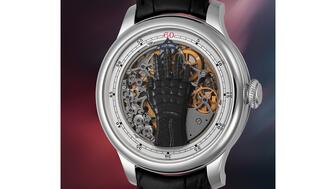
The filmmaker’s personal F.P. Journe “FFC” prototype was the star of Phillips’ recent record-setting watch auction in New York.

The new location in the Design District pays homage to Miami’s Art Deco heritage and its connection to the ocean.
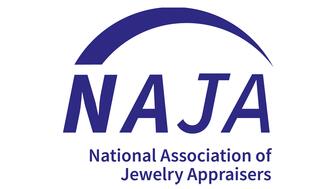
“Longtime favorite” presenters, as well as first-time speakers, will lead talks and workshops at the annual event in Tucson next year.
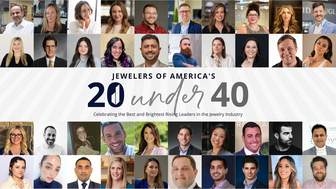
How Jewelers of America’s 20 Under 40 are leading to ensure a brighter future for the jewelry industry.
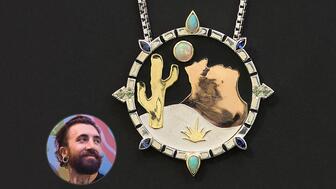
Silas Smith of Meridian Metalworks won the challenge with his pendant that blends Australian and American landscapes.

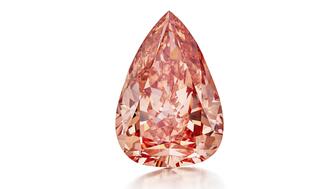
The sale of the 31.68-carat, sunset-hued stone was part of Sotheby’s first series of events and auctions in Abu Dhabi.

Most customers who walk into your store this month have made up their minds. Your job is to validate their choice, Emmanuel Raheb writes.
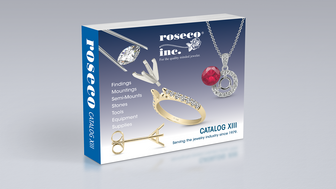
Roseco’s 704-page catalog showcases new lab-grown diamonds, findings, tools & more—available in print or interactive digital editions.
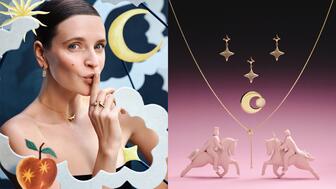
The collection features characters and motifs from Ukrainian folklore, including an enchanted mirror and a magic egg.

MatrixGold 3.11, the newest version of the jewelry design program, offers more flexibility, precision, and creative control.

The pavilion will be part of the 2026 JA New York Spring show, scheduled for March 15 to 17.

Kadet, a 1994 National Jeweler Retailer Hall of Fame inductee, helped grow the family-owned retailer in the Chicago area and beyond.

Billed as the world’s smallest wearable, Lumia Health’s new smart earrings have a health tracker subtly embedded in the back.
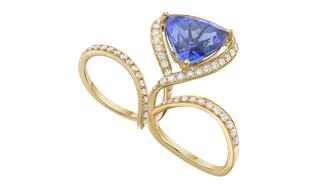
Don’t let those with December birthdays feel blue. Help them celebrate their month with blue zircon, turquoise, and tanzanite.
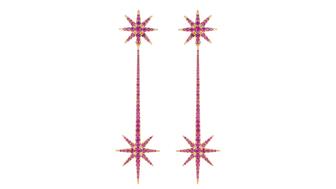
The new pink sapphire version of the piece dances with its wearer in the brand’s “Icons After Dark” holiday campaign.

A choice that’s generated a lot of commentary, Pantone says “Cloud Dancer” marks a fresh start and encourages relaxation and creativity.
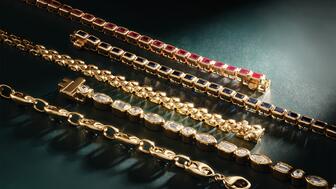
The manufacturer’s holiday campaign features a gift guide filled with trending designs and jewelry that can be personalized.
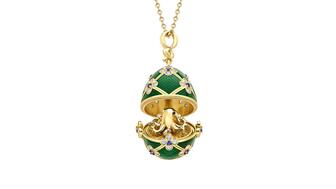
The man was charged with theft, accused of ingesting the necklace while in a jewelry store in Auckland, New Zealand.

The Florida independent expanded its store from 8,000 to 14,000 square feet, fulfilling the vision of its late co-founder, Jim Dunn.
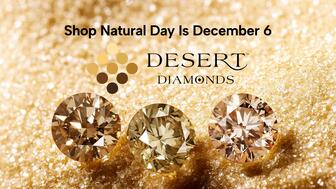
Sponsored by De Beers Group
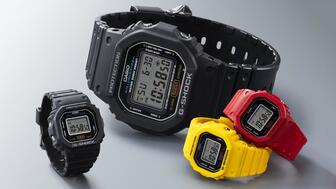
The classic 5600 series G-Shock has been scaled down to about a tenth of its size, becoming a fully functioning watch ring.

The association’s annual conference and gala will take place Feb. 4, 2026, during the Tucson gem shows.

The January show will include a workshop for jewelry retailers on implementing AI to strengthen their businesses.
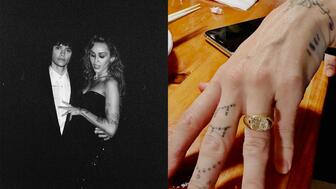
Fellow musician Maxx Morando proposed to the star with a chunky, cushion-cut diamond ring designed by Jacquie Aiche.

The retailer, which sells billions in fine jewelry and watches, is suing the Trump administration and U.S. Customs and Border Patrol.
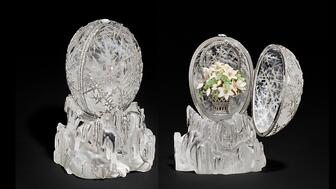
The historic egg, crafted for Russia's ruling family prior to the revolution, was the star of Christie’s recent auction of works by Fabergé.
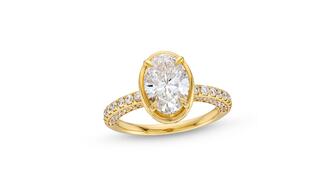
The retailer offered more fashion jewelry priced under $1,000, including lab-grown diamond and men’s jewelry.

